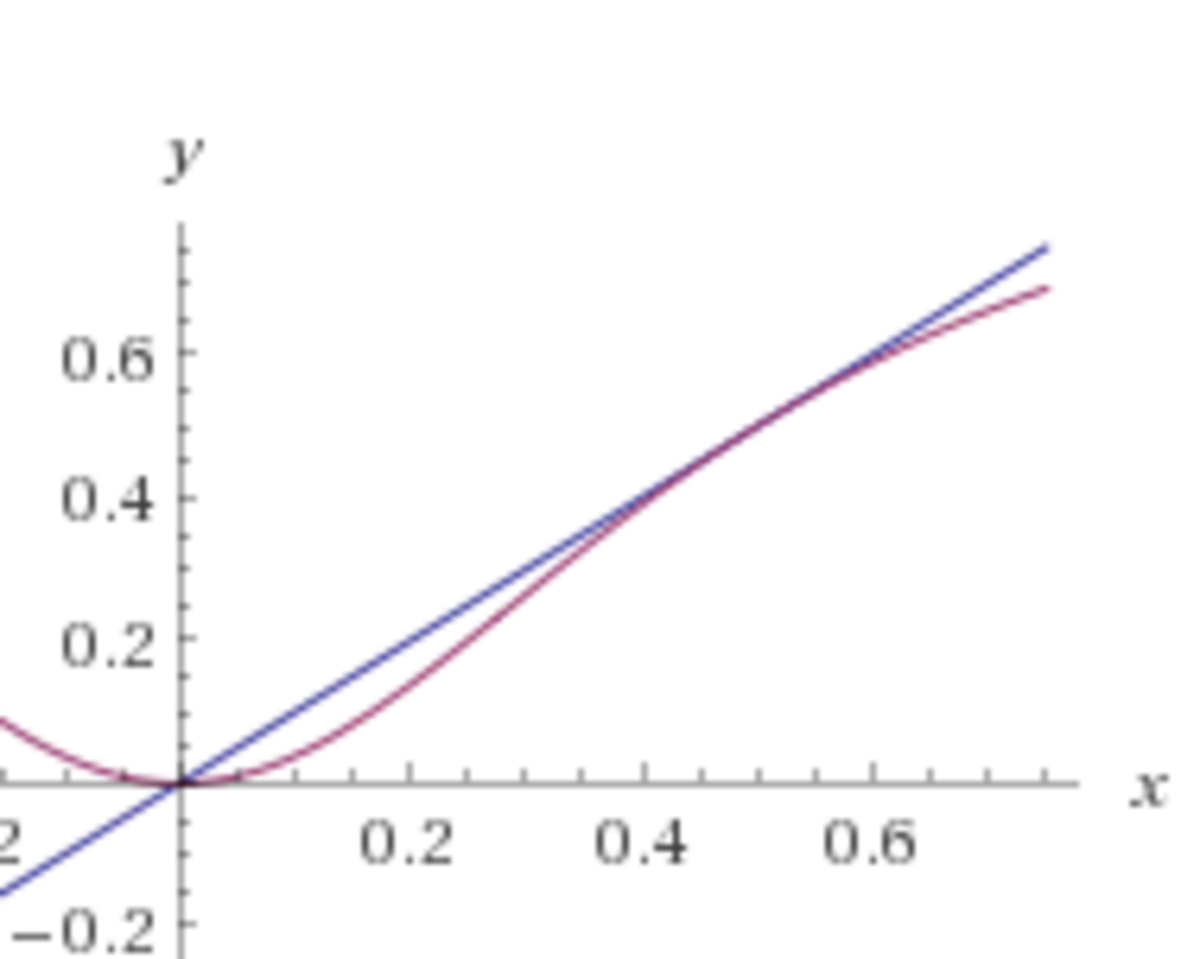UMCYM #30
⎩ ⎪ ⎪ ⎪ ⎪ ⎪ ⎨ ⎪ ⎪ ⎪ ⎪ ⎪ ⎧ 1 + 4 x 2 4 x 2 = y 1 + 4 y 2 4 y 2 = z 1 + 4 z 2 4 z 2 = x
How many real triplets ( x , y , z ) satisfy the system of equations above?
The answer is 2.
This section requires Javascript.
You are seeing this because something didn't load right. We suggest you, (a) try
refreshing the page, (b) enabling javascript if it is disabled on your browser and,
finally, (c)
loading the
non-javascript version of this page
. We're sorry about the hassle.
3 solutions
Oh wow, awesome solution! I use calculus to solve but yours better.
Log in to reply
There is always a trick in solving math problem the problem creator wants us to use. Just have to find it.
Log in to reply
Yup. Due to the cyclic nature of the equation, it is worthwhile to study the shape of x = 1 + 4 x 2 4 x 2 .
From there, we can see that if
x
>
2
1
, then we can show that
2
1
<
y
<
x
and
2
1
<
z
<
x
and then
2
1
<
x
<
z
which gives us a contradiction.
Similar inequalities hold if
0
<
x
<
2
1
.
Log in to reply
@Calvin Lin – Ya Sir, I use calculus to find this ,haha
Let f ( x ) = 1 + 4 x 2 4 x 2 .
The system of equations tells us that f ( x ) = y , f ( y ) = z , f ( z ) = x . Thus, we are looking for fixed points which satisfy f ( f ( f ( x ) ) ) = x .
Observation 1: Calculating the solutions of f ( f ( f ( x ) ) ) = x would lead to solving a really ugly polynomial, so let's try a different approach.
Observation 2: We would love to claim that f ( f ( f ( x ) ) ) = x ⇒ f ( x ) = x . While we know that this is a sufficient condition, we do not know if it is necessary.
Observation 3: All of the variables are non-negative.
Let's consider the graphs of y = f ( x ) and y = x when x ≥ 0 .

We see that when f ( x ) ≤ x . Furthermore, if x = 0 , 2 1 , then we have f ( x ) < x . Applying this to the problem, if x = 0 , 2 1 , then we can conclude that
f ( f ( f ( x ) ) ) ≤ f ( f ( x ) ) ≤ f ( x ) < x
which tells us that there are no solutions to f ( f ( f ( x ) ) ) = x !
Hence the only solution comes when x = 0 or 2 1 . Which these values, we can uniquely determine y and z accordingly.
Note: The other solutions to the really ugly polynomial f ( f ( f ( x ) ) ) = x are complex valued.
The only solutions are (0,0,0) and (0.5,0.5,0.5). Hopefully someone will post a good solution? My solution isn't great complete enough.
A trivial solution to the system of equations is ( 0 , 0 , 0 ) . For x , y , z = 0 , we can consider taking reciprocal of the three equations and adding them together.
⎩ ⎪ ⎪ ⎪ ⎪ ⎨ ⎪ ⎪ ⎪ ⎪ ⎧ 4 x 2 1 + 1 = y 1 4 y 2 1 + 1 = z 1 4 z 2 1 + 1 = x 1
4 x 2 1 − x 1 + 1 + 4 y 2 1 − y 1 + 1 + 4 z 2 1 − z 1 + 1 ( 2 x 1 − 1 ) 2 + ( 2 y 1 − 1 ) 2 + ( 2 z 1 − 1 ) 2 = 0 = 0
Note that ( 2 x 1 − 1 ) 2 ≥ 0 , ( 2 y 1 − 1 ) 2 ≥ 0 and ( 2 z 1 − 1 ) 2 ≥ 0 . All three square factors have to be equal to 0 simultaneously to be equal to the RHS. Therefore, there is only one more solution, ( 2 1 , 2 1 , 2 1 ) , altogether 2 triplet solutions.